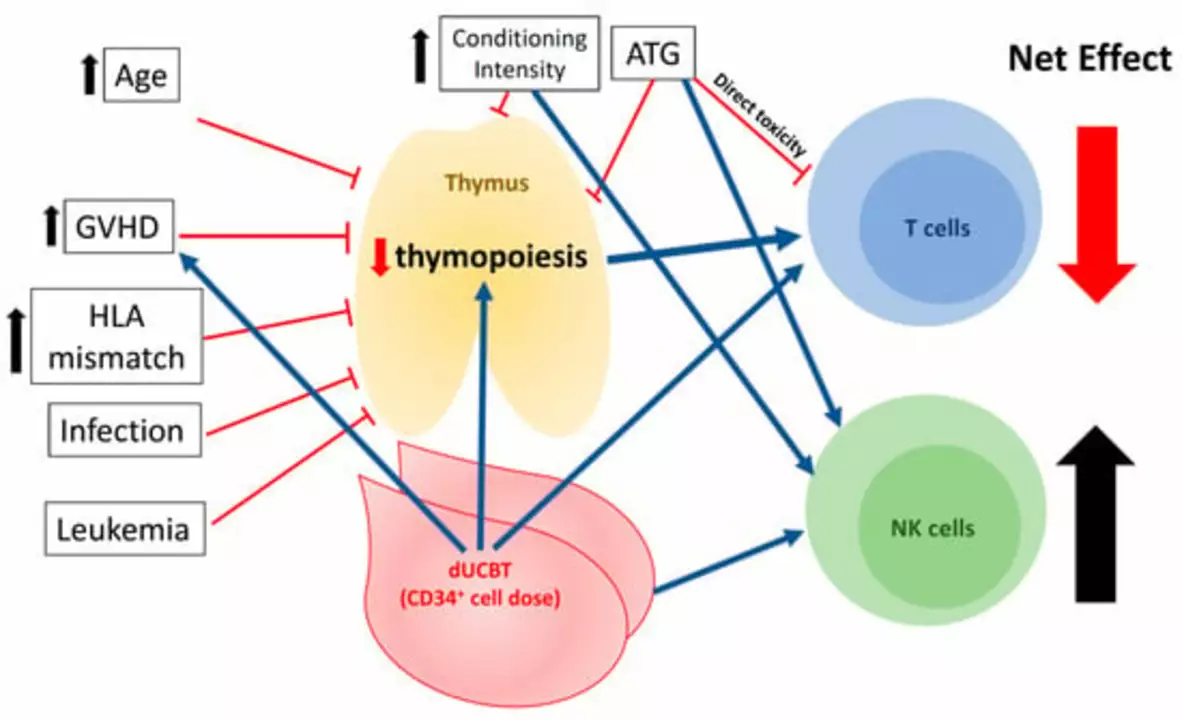If you or someone you love has had a bone marrow or stem‑cell transplant, you’ve probably heard the term “graft‑versus‑host disease.” When it sticks around for months or years, that’s chronic GVHD (cGVHD). It happens when the donor’s immune cells keep attacking the recipient’s own tissues. The good news? Doctors know a lot about it now, and there are real ways to keep symptoms in check.
First off, cGVHD can show up almost anywhere – skin, mouth, eyes, liver, lungs, you name it. The skin might get itchy, tight, or develop a rash that looks like a sunburn. In the mouth, dry‑mouth and painful ulcers are common, making eating and talking tough. Eyes can feel gritty or blurry because of reduced tear production. Knowing these clues early helps you catch flare‑ups before they spiral.
Spotting cGVHD early is all about paying attention to small changes. Do you notice a new rash that won’t go away? Is your skin feeling tighter, especially around joints? These are red flags for sclerosis, a form of cGVHD that can limit movement. If you’re constantly thirsty or your eyes feel dry, think about checking tear‑film health – an eye doctor can confirm if it’s GVHD‑related.
Other telltale signs include unexplained weight loss, persistent fatigue, and shortness of breath. The lungs can develop a condition called bronchiolitis obliterans, which feels like a slow‑progressing cough or wheeze. Don’t ignore a sudden rise in liver enzymes either; that could signal hepatic involvement.
Treating cGVHD is a balancing act between dampening the immune attack and keeping you healthy enough to fight infections. Steroids are usually first‑line – they calm inflammation quickly but can’t be used forever because of side effects. Doctors often add steroid‑sparing agents like tacrolimus, mycophenolate, or ibrutinib to keep the dose low.
Physical therapy is a game‑changer for skin tightening and joint stiffness. Gentle stretching, yoga, or guided exercises can preserve range of motion and reduce pain. For mouth dryness, sip water often, chew sugar‑free gum, and ask your dentist about saliva substitutes.
Eye drops with lubricants are essential; some patients need prescription cyclosporine eye drops to boost tear production. Skin care matters too – use fragrance‑free moisturizers multiple times a day and avoid hot showers that can strip moisture.
Nutrition shouldn’t be overlooked. A diet rich in protein, omega‑3 fatty acids, and antioxidants supports tissue repair. If eating is painful, smooth purees or nutritional shakes help you meet calorie goals without extra irritation.
Finally, keep a symptom journal. Write down what you feel, when it happens, and any triggers like stress or certain foods. Sharing this log with your transplant team makes adjustments faster and more precise.
Living with chronic GVHD can feel overwhelming, but many people find relief by combining medicine, lifestyle tweaks, and regular monitoring. Stay proactive, ask questions, and lean on the support network around you – it’s a big part of keeping cGVHD under control.

In my recent research on chronic graft-versus-host disease, I came across an interesting treatment option called methoxsalen. This drug has shown promising results in managing the symptoms of this condition. Methoxsalen works by suppressing the immune response, which helps reduce the inflammation and damage caused to the host's tissues. It is usually combined with UV light therapy, which further enhances its effectiveness. While it may not be a cure-all, methoxsalen appears to be a valuable tool in our arsenal for dealing with chronic graft-versus-host disease.
View more